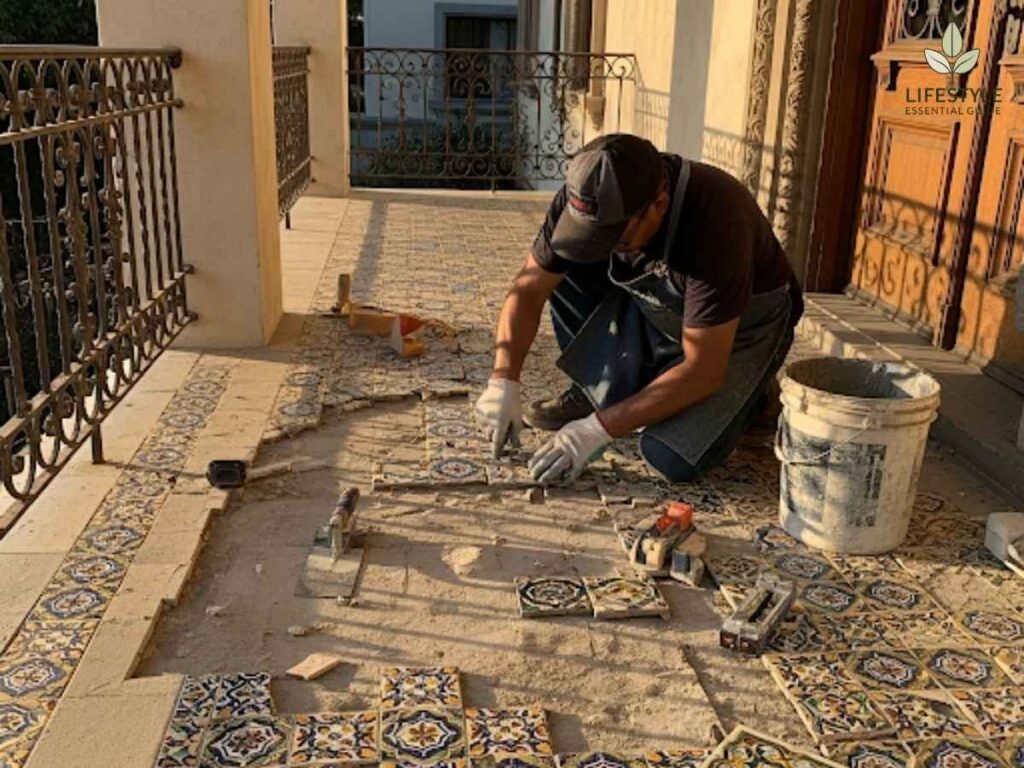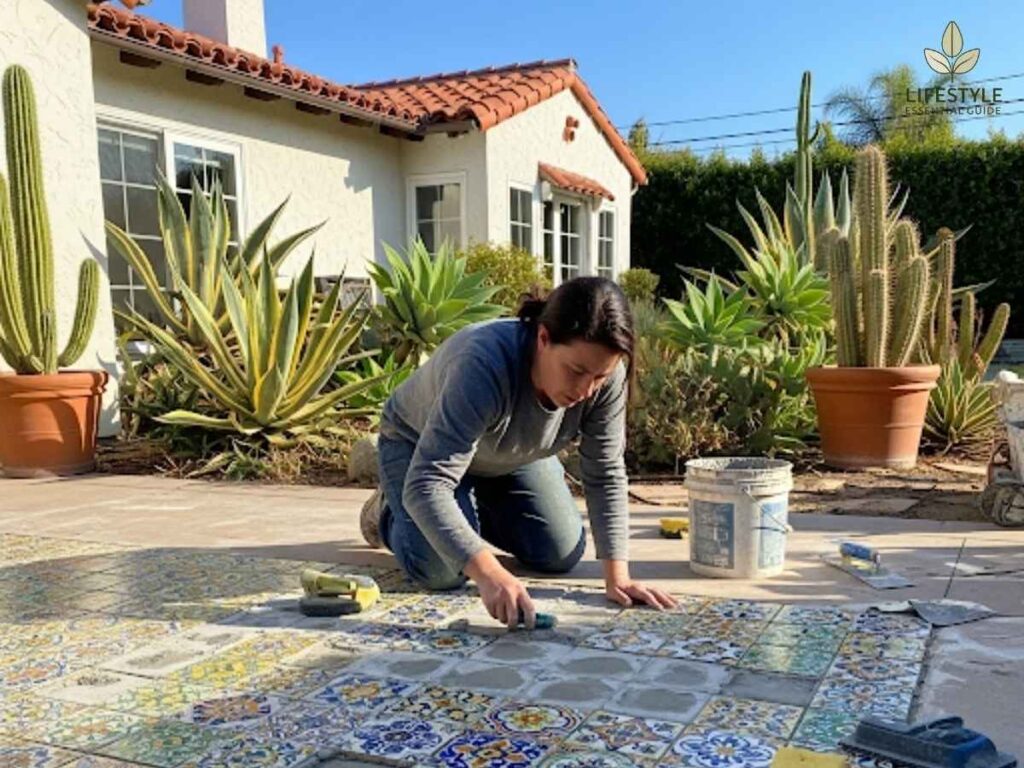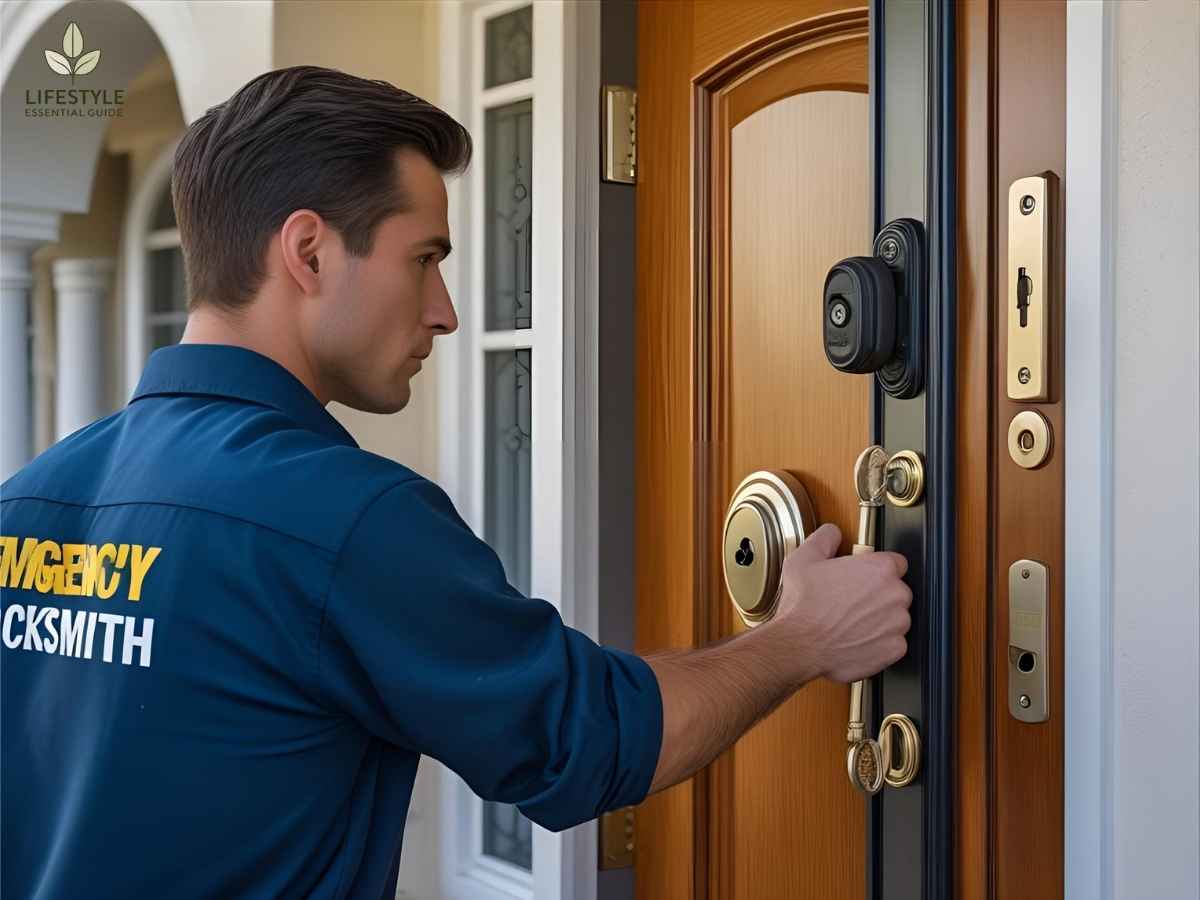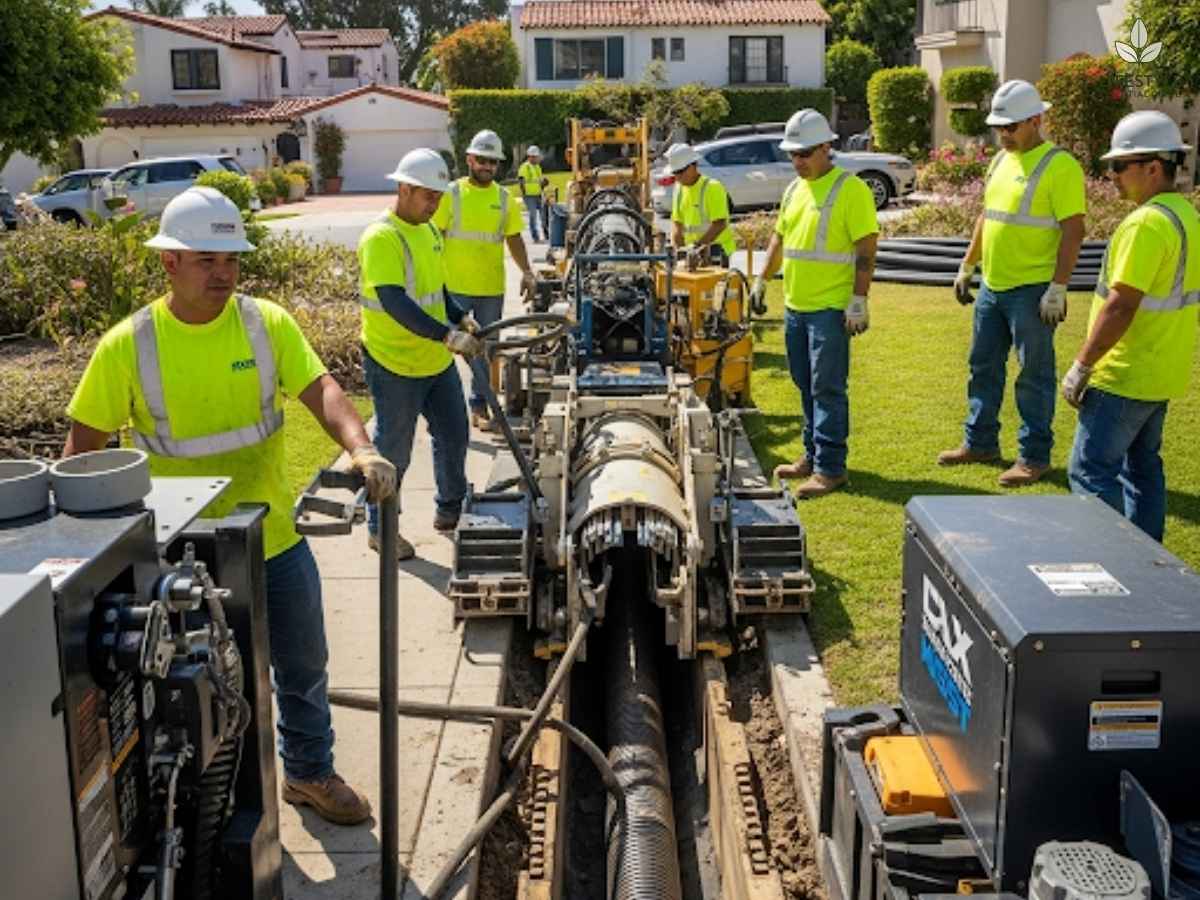Imagine strolling through LA’s vibrant neighborhoods—think Echo Park’s historic homes, Silver Lake’s café patios, or the Spanish Revival bungalows lining Hancock Park. Suddenly, you spot a chipped, sun-faded Mexican tile on the entryway—a tiny flaw on an otherwise stunning mosaic. Whether you live in a downtown loft (90013), a Highland Park craftsman (90042), or a classic West Adams hacienda (90016), crisp, colorful Mexican tiles are the heartbeat of Southern California design. But what do you do when these iconic tiles get cracked, chipped, or lose their shine?
If you’ve been searching for practical, local advice on Mexican-style tile repair with a twist of Old Town San Diego’s charm—welcome. This guide dives into the unique challenges LA homeowners face, hands-on solutions, and hyper-local case studies you won’t find anywhere else.
Table of Contents
Why Mexican-Style Tile Is an LA Treasure
Mexican ceramic and Saltillo tiles aren’t just floor coverings. They tell the story of Los Angeles, echoing the city’s Mission Revival roots and San Diego’s Old Town spirit. Found in patios, kitchens, and bathrooms across neighborhoods from Beverly Grove (90048) to Boyle Heights (90033), these tiles are prized for their rustic textures and sunbaked hues. Their porous nature, though, means LA’s climate—dry summers, damp winters, and the occasional quake—can really put them to the test.

Local Challenges for Mexican-Style Tile Repair in Los Angeles
Tile repair in LA isn’t just about picking the right color from an online catalog. It’s about:
- Microclimates: From foggy mornings in Pacific Palisades to blazing valley afternoons in Studio City, temperature and humidity swings test the tile and grout.
- Historic Building Codes: Many LA homes built before 1950 have non-standard substrates; improper repairs can lead to structural headaches.
- Permit Puzzle: In LA, tile repairs exceeding $500 or involving rental property may require permits from the LADBS. Mistakes here can cost thousands in fines.
Pro Tip: For kitchen or bathroom remodels, always check LADBS’s permit guide and PermitLA’s kitchen/bathroom requirements before breaking out the trowel.
Step-By-Step: DIY Mexican-Style Tile Repair (with Local Tips)
1. Assessing the Damage (And the Substrate)
Patio tiles in Hancock Park will face different issues than kitchen tiles in Venice. Start by:
- Gently tapping tiles to spot hollow sounds (a clue to broken mortar).
- Checking adjacent tiles for loose grout.
- Noting any persistent dampness (common in coastal areas like Santa Monica).
2. Sourcing the Perfect Match
In LA, finding an exact tile match isn’t always possible—some patterns are decades old. Your best bets:
- Check tile salvage shops in East LA or Highland Park.
- Try Colores De Mexico in Boyle Heights for authentic hand-painted Talavera imports.
- Visit Daltile’s LA showroom for custom orders and advice on matching glazes.
3. Gathering Tools & Materials
For a seamless repair, you’ll need:
- Drywall knife or tile chisel
- Non-sanded grout (matches vintage tile best)
- Thinset adhesive suited for LA’s humidity (ask for recommendations at local hardware stores)
- Tile sealer compatible with high-porosity Mexican tiles
LA Tip: Find specialized supplies at local favorites like Westside Tile & Stone in Beverly Hills or Emiliano’s Tile in Lincoln Heights.
4. Removing and Replacing Tiles
- Score grout lines with a utility knife.
- Pry out the damaged tile (a painter’s multi-tool is ideal for tight spaces).
- Clean the underlying substrate—look out for historic wood lath or concrete.
- Use a thin, even layer of thinset to set the new tile. Tap gently into place.
- Allow to cure per local humidity (usually 24–48 hours in LA summers).
- Re-grout and seal, especially in areas exposed to moisture or outdoor elements.
5. Finishing Touches
Always reseal anything hand-painted—use a water-based penetrating sealer for best results. Schedule re-sealing every 1–2 years, as LA’s climate accelerates tile wear.
True Stories: LA Neighbors Fixing Their Mexican-Style Tiles
Echo Park Story: The Cracked Porch That Sparked a Block Trend
Alma (90291) spotted a deep crack in her hand-painted porch tiles. Rather than replacing the full landing, she visited a discount tile shop on Whittier Boulevard for vintage extras, matched the paint by eye, and tackled the job herself. What happened next? Two neighbors borrowed her tools for their own repairs—sparking a mini “porch party” on her street.
Silver Lake’s Patio Success: Salvaged by DIY Spirit
Jordan and Luis in Silver Lake couldn’t find a match for their 1940s Saltillo terracotta hexagons. Instead, they sealed cracks with a colored epoxy, then created a subtle mosaic by adding a custom border using tile fragments from a local salvage yard. Now, the repaired patio is a conversation starter at every backyard gathering.
West Adams: A Restored Kitchen With Historic Soul
Marta’s 1927 Spanish bungalow had a kitchen tile mural passed down through generations. When a pipe leak destroyed three key pieces, she called in a local craftsman to hand-paint replacements. She watched YouTube tutorials and tackled the installation herself over a long weekend. Her secret? Using a marine-grade sealer to keep LA’s summer humidity at bay.
Top 3 Mexican-Style Tile Repair Service Providers in Los Angeles
Sometimes, even seasoned DIYers need to call the pros—especially for structural issues, large-scale repairs, or historic masterpieces. Here are LA’s highest-rated Mexican-style tile specialists:
1. California Tile Refinishers
Family-owned, 23+ years of local experience. They specialize in Saltillo pavers, Tecate, Lincoln pavers, and also clean/restore grout and apply custom stains for a unique finish.
Website: https://californiatilerestoration.com
2. Wilshire Tile, Inc.

Highly regarded for traditional and high-end tile repairs, from small chips to full replacement. They assist clients in sourcing matching tiles for seamless fixes, and work across kitchens, baths, and outdoor spaces around LA.
Website: https://www.wilshiretile.com/tile-repair/
3. Footprints Floors Los Angeles
Known for repairs, restorations, and new installations, Footprints Floors serves the entire county and provides transparent pricing with a thorough site inspection. Great for larger jobs or custom mosaics.
Website: https://footprintsfloors.com/los-angeles/services/flooring-installation/tile
Essential Local Tools, Resources, and Quick Links
- Permits: Check if you need a permit via the LADBS Portal or PermitLA.
- Water Usage: Considering outdoor repairs? See drought and water-runoff rules via LADWP’s Conservation Guide.
- Industry Help: The Los Angeles Tile Contractors Association connects you with certified pros and tips.
Local Insight: Climate and Tile—A Hidden Battle
In Los Angeles, our weather covers nearly every extreme, from beachside fog in Venice to dry Santa Clarita heat that can reach above 100°F. Clay-based Mexican tiles are tough, but LA’s swings can:
- Cause expansion/contraction, leading to grout failure.
- Accelerate color fade (especially on sun-facing patios).
- Trap moisture in areas with poor sealing, causing efflorescence—those chalky white marks nobody loves.
Regular inspection and re-sealing are your top defenses. Use breathable sealers and avoid harsh chemicals—especially acidic cleaners, which can etch Mexican tile.
Internal and External Links for Local Readers
- Check local home care tips inside our blog’s Los Angeles DIY Projects Library.
- For more on historic home upgrades, visit our Preservation Tips Center.
- Need professional help? Our Trusted Local Pros List is updated monthly.
People Also Ask: Inline Answers
How do I keep my Mexican tiles from cracking in LA weather?
Keep them sealed, especially before seasonal rains. Regularly check for loose grout and use flexible caulk where patios meet foundations.
Can I repair a single cracked Mexican tile myself?
Absolutely. Just ensure you remove all old grout around the tile, gently remove the broken piece, and use thinset mortar appropriate to your subfloor. Match grout color as closely as possible.
Where can I find replacement Mexican tiles in Los Angeles?
Try salvage stores in Boyle Heights or West Adams, or ask at Colores De Mexico and select Daltile showrooms. For truly rare patterns, some artisans can hand-make a close match.
Frequently Asked Questions: Local DIY Tile Repair in Los Angeles
Do I need a permit to repair tiles in my LA home?
For small repairs under $500, permits typically aren’t needed unless you are altering structural elements or working on a rental property. Always double-check at LADBS’s permit resources.
How do I prevent mold under my Mexican tiles in humid LA areas?
Look for proper subfloor ventilation, promptly seal grout lines, and use breathable sealers. Regularly wipe down damp kitchens and bathrooms.
Can I use regular grout or do I need a special type?
For Mexican tiles, especially Saltillo, use non-sanded grout for fine joints and make sure to seal it well. Mexican tiles are softer and more porous than typical ceramics.
How should I clean and maintain my repaired Mexican tile floor?
Use a pH-neutral cleaner and avoid acids or bleach. Sweep regularly, mop with damp water only, and reseal every 1–2 years for best results.
What’s the best time of year in LA to repair exterior tiles?
Aim for late spring or early fall—average temps (65–75°F) help adhesives cure evenly, and humidity is ideal for sealant application. Avoid the peak summer sun and “June Gloom” coastal fog.


